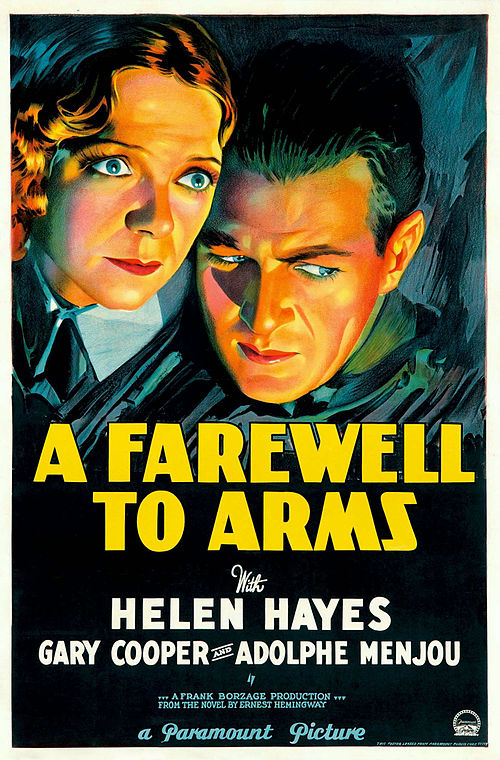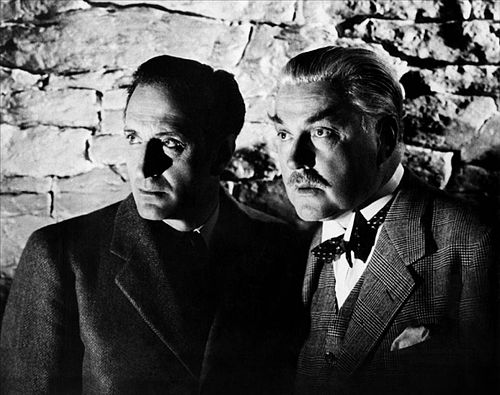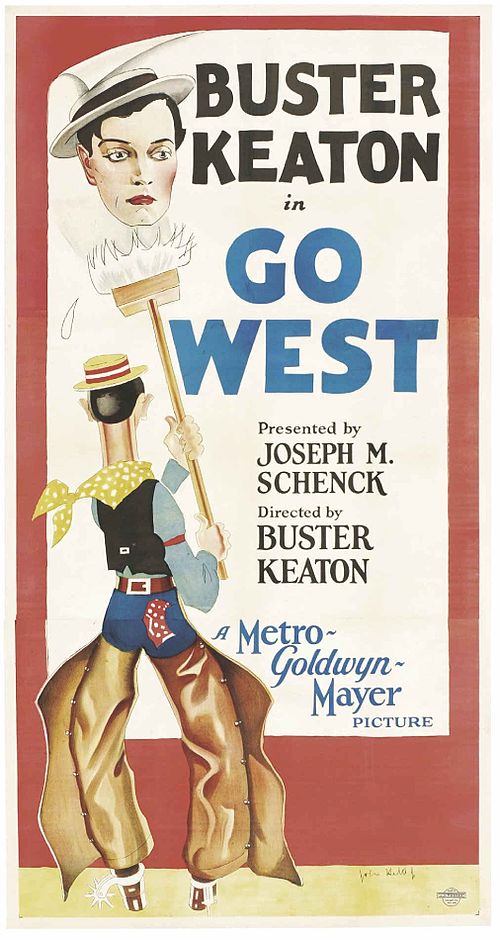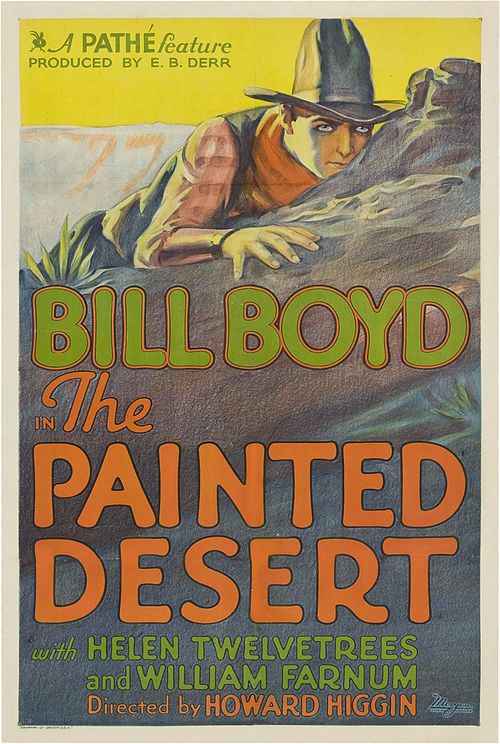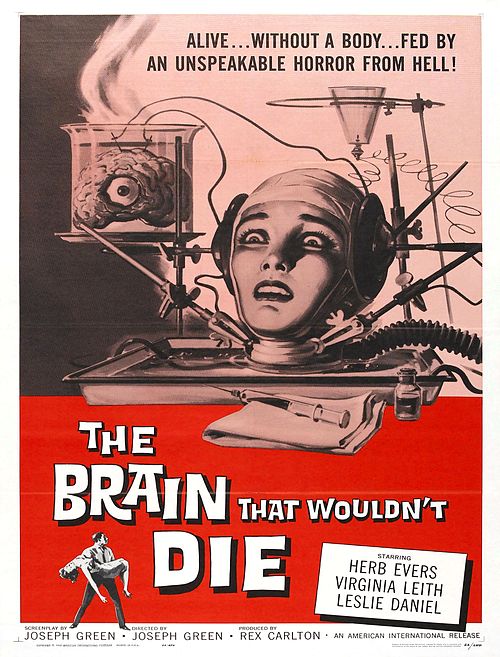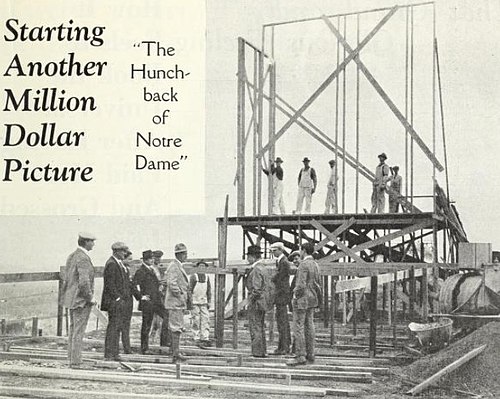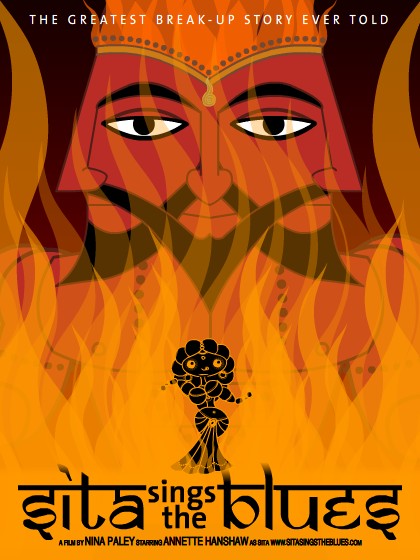
Other Versions of this Movie
Sita Sings the Blues
DVD VERSION! This is my own DVD version -- UNofficial, but loaded with goodies. You can find it as a direct-download here, but please if possible use the torrent and help seed! DVD features: High-quality video encoding; Director's Commentary featuring Nina Paley and Karl Fogel; Subtitles including English, Spanish, French, German, Russian, Chinese, Dutch and Finnish; Customized chapter selection screens with screenshot previews - chapters are biased towards the Annette Hanshaw songs (for lack of anything better to base them on); Two trailers; Full-resolution anamorphic 16x9 video with 16x9 menus; A few fun easter-eggs. Please download, help seed, spread the word, and let me know what you think! 1080p/FLAC version: This is a remuxing of the 1080p .mp4 version of the movie as originally posted, combining the exact same video with the original uncompressed audio track in FLAC. That means that as of now, this is the highest possible quality version available. NOTICE: Please use the torrent if you can - it is webseeded by the uploaded version here yet will probably give you better download speeds. 720p AVCHD .iso: Please use the torrent... This is burnable to one blank DVD, and should play on many blu-ray players including the Playstation 3. (check your player's documentation for the "AVCHD" logo; if it doesn't have it, bug the manufacturer to implement it in a firmware upgrade!) This .iso contains the original 720p video (non-transcoded) as well as original PCM audio. AVCHD is basically like a blu-ray quality disc but smaller, small enough to fit on a single-layer DVD blank. I've found that the disc is unrecognized in my computer's DVD drive after burning, but it plays in my Panasonic BD35k blu-ray player just beautifully, in full 720p HD.
Sita Sings the Blues is a 2008 animated film written, directed, produced and animated entirely by American artist Nina Paley (with the exception of some fight animation by Jake Friedman in the "Battle of Lanka" scene),<>
</> primarily using 2D computer graphics and Flash Animation.
It intersperses events from the Ramayana, light-hearted but knowledgeable discussion of historical background by a trio of Indian shadow play, musical interludes voiced with tracks by Annette Hanshaw and scenes from the artist's own life. The ancient mythological and modern biographical plot are parallel tales, sharing numerous themes.
Plot
=The Ramayana=
The film uses a pared-down adaptation of the legend that retains many of its finer details while adopting a perspective sympathetic towards Sita; in the director's words, the film is "a tale of truth, justice and a woman’s cry for equal treatment."
The plot joins the legend at the exile of prince Rama from his father's court, at the behest of his father's favorite queen, Kaikeyi. Having earned the right to any single favor by saving the king's life, Kaikeyi attempts to secure her own son's inheritance over the eldest and favorite, Rama, by ordering him banished from the court. Sita, Rama's wife, determines to accompany her beloved husband, although the woods are dangerous and overrun with demons and evil spirits. The demon king Ravana, encouraged by his spiteful ogress sister, hears of Sita's beauty and determines to kidnap her. He sends a golden hind past their dwelling to distract Rama, who tries to impress Sita by hunting the hind into the woods. In his absence, Ravana abducts Sita and demands that she submit to him on pain of death. Sita remains staunchly devoted to Rama and uses to entertain the idea; Ravana sets a deadline for the ultimatum and Sita waits faithfully for Rama to rescue her.
Aided by the monkey prince Hanuman, Rama eventually discovers Sita's location and brings the monkey army to assist in her rescue. Ravana is slain and Sita restored to her husband, although he expresses serious doubts concerning her fidelity during her confinement. She submits to a trial by fire, a test of her purity; upon throwing herself into the flames, she is immediately rescued by the gods, who all proclaim her devotion and fidelity.
She accompanies Rama back to the palace, and soon falls pregnant. Lingering doubts still play on Rama's mind, however, and after overhearing one of his subjects beating and ejecting an unfaithful consort (claiming he is no Rama to accept and forgive her unfaithfulness), he orders his reluctant brother Lakshman to abandon Sita in the forest. In the company of ascetics she gives birth to her sons and raises them to love and praise their absent father. Years later, Rama overhears their hymns of adoration to their father and locates their dwelling. Distressed and disappointed by Rama's continuing doubt on her purity during her reunion with Rama, Sita prays to the earth to swallow her as final proof of her purity and devotion and the prayer is duly answered, despite the pleas of Rama and Lakshman.
=Contemporary parallel=
In an episode taken from the director's own life,< name="Press"/> animator Nina Paley starts the film living happily in a San Francisco apartment with her husband and cat. Her husband then accepts the offer of a six-month contract working in Trivandrum, India, and moves there alone to take up the position. After a month of no contact, he calls to inform his wife that the contract has been extended another year.
Bewildered by his callous indifference to their separation, Nina sublets their apartment, leaves their beloved cat behind and joins her husband in India. Upon her arrival he appears deeply unenthusiastic to be reunited and demonstrates neither affection nor sexual interest. A while later, Nina flies to a meeting in New York, where she receives a brief e-mail from her husband telling her that their relationship is over. Sad and alone, she stays in New York, finding comfort in a new cat and her study of the Ramayana.
Style and narrative
The film uses several different styles of animation to separate and identify the parallel narratives.}
=Episodes from the Ramayana=
Episodes with dialogue from the Ramayana are enacted using painted figures of the characters in profile, which strongly resemble the 18th-century Indian tradition of Rajput painting. The Rajput style of brush painting was principally enacted on manuscripts and commonly employed in the telling of epics such as the Ramayana. In the film they serve as a more traditional style of dramatic narrative, although the dialogue is frequently ironic, inappropriately modern or otherwise humorous.
The background in each scene is usually static and the poses of each character are kept minimal, with movement achieved by simply transporting the character across the screen in its set position. Speech is enacted by alternating the set pose of the face with a slightly liquified version where the jaw is lower.
File:BhavanaSitaContaminated.jpgs discuss Rama's attitude towards Sita after her trial by fire.}}}
=Narration and discourse on the Ramayana=
Aseem Chhabra, Bhavana Nagulapally, and Manish Acharya provided the voices for three silhouettes, traditional Indian shadow play. They link episodes of the Ramayana with a lively, unscripted, discussion of their personal impressions and knowledge of the epic.
During these sections, the ideas and contradictions raised over the course of the puppets' discussions are visualised in animated photographic compositions in the background.
}
=Musical episodes from the Ramayana=
Episodes set to certain songs performed by jazz singer Annette Hanshaw are visualised, with Sita as the singing performer, using the strikingly modern technique of vector graphics animation.
The slick, bold style – driven by digital animation software – is at odds with the somewhat rustic quality of the old musical recordings but allows close synchronisation with the vocals. The smooth, repetitive, side-scrolling movement it effects assists in suspending the musical episode from the more consistent narrative plot.
}
=Contemporary parallel=
The modern, more personal element to the contemporary part of the story is narrated using the rough, energetic Squigglevision technique of traditional animation. It conveys the kind of restlessness inherent in the story and achieves a more light-hearted, universal tone with its simple, highly stylised renderings of character and environments.
Production
In addition to the central numbers recorded by Hanshaw, music was provided by Rohan (musician), Rudresh Mahanthappa, Nik Phelps, Todd Michaelsen and Reena Shah of the duo My Pet Dragon and by Pierre-Jean Duffour, composer and musician for the band Masaladosa. Reena Shah contributed the voice of the Sita character, in addition to choreographing and performing the dance sequences Rotoscoping by Paley for the animation.=Copyright problems=
The film uses a number of 1920s Annette Hanshaw recordings. Although the filmmaker initially made sure these recordings were not covered by US copyright law,<></> a number of other copyright issues surfaced, including state laws prior to US federal copyright law on recordings, rights to the compositions and the right to synchronize the recordings with images. These recordings were protected by state commerce and business laws passed at the time in the absence of applicable federal laws and were never truly "public domain".<></> In addition, the musical composition itself, including aspects such as the lyrics to the songs, the musical notation, and products derived from using those things, is still under copyright.<></>
Without a distributor, Nina Paley was unable to pay the approximately $220,000 that the copyright holders originally demanded. Eventually, a fee of $50,000 was negotiated. Paley took out a loan to license the music in early 2009.</> but which may be an instance of a larger on-going conflict regarding copyright and royalties between YouTube and GEMA.< name=OKFN></>
Unorthodox distribution
Due to terms of the music license, one limited DVD pressing of 4,999 copies was printed.</> for all theaters East of the Mississippi River, and Shadow Distribution<></> for all theaters west of the Mississippi River.The film can also be rented via DVD on Netflix as of March 17, 2010.</>
Reception
=Critical reaction=
Since its release, Sita Sings the Blues has attracted limited but consistent acclaim from critics. , Rotten Tomatoes reports that 100% of critics have given the film a positive review, based on 29 reviews, with an 8.3/10 review average.<></> The film also holds a score of 94 on the review aggregator website Metacritic .<></>Film critic Roger Ebert on the Chicago Sun-Times enthused, "I am enchanted. I am swept away. I am smiling from one end of the film to the other. It is astonishingly original. It brings together four entirely separate elements and combines them into a great whimsical chord... To get any film made is a miracle. To conceive of a film like this is a greater miracle."<></>
The New York Times too praised the film's ingenuity, commenting that "[it] evokes painting, collage, underground comic books, Mumbai musicals and 'Yellow Submarine' (for starters)," and praised Paley for her use of 2D animation: "A Pixar or DreamWorks extravaganza typically concludes with a phone book’s worth of technical credits. Ms. Paley did everything in “Sita” — an amazingly eclectic, 82-minute tour de force — by herself."<> </>
Although The Hollywood Reporter declared the film to be "a rather rarified effort that will probably appeal more to adults than to children," it described it as "charming" and commented that, "Arriving amidst a tidal wave of overblown and frequently charmless big studio efforts, "Sita Sings the Blues" is a welcome reminder that when it comes to animation bigger isn't necessarily better."<> </>
=Controversy=
The film's distribution sparked an intense debate regarding the portrayal of Hindu culture in Western media and was met with outrage by some Hindus<>Sayeed, Vikhar Ahmed. A break-up story]. Frontline. May 9, 2009. </> and, according to the film-maker, a number of academics also.See also
Footnotes and erences
Category:American animated films
Category:Computer-animated films
Category:Animated musical films
Category:Creative Commons-licensed films
Category:2008 films
Category:Rotoscoped films
Category:GKIDS animated films
Category:Films based on the Ramayana


